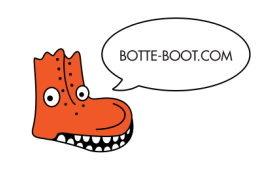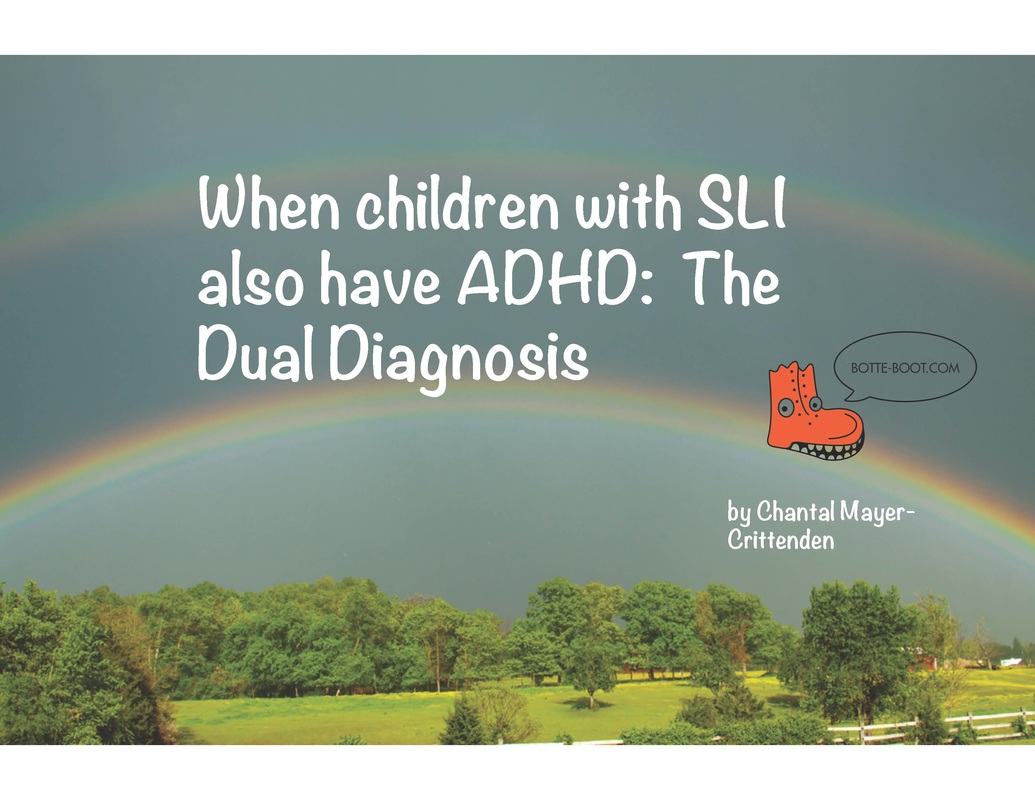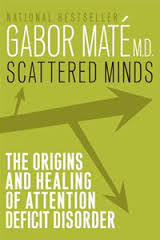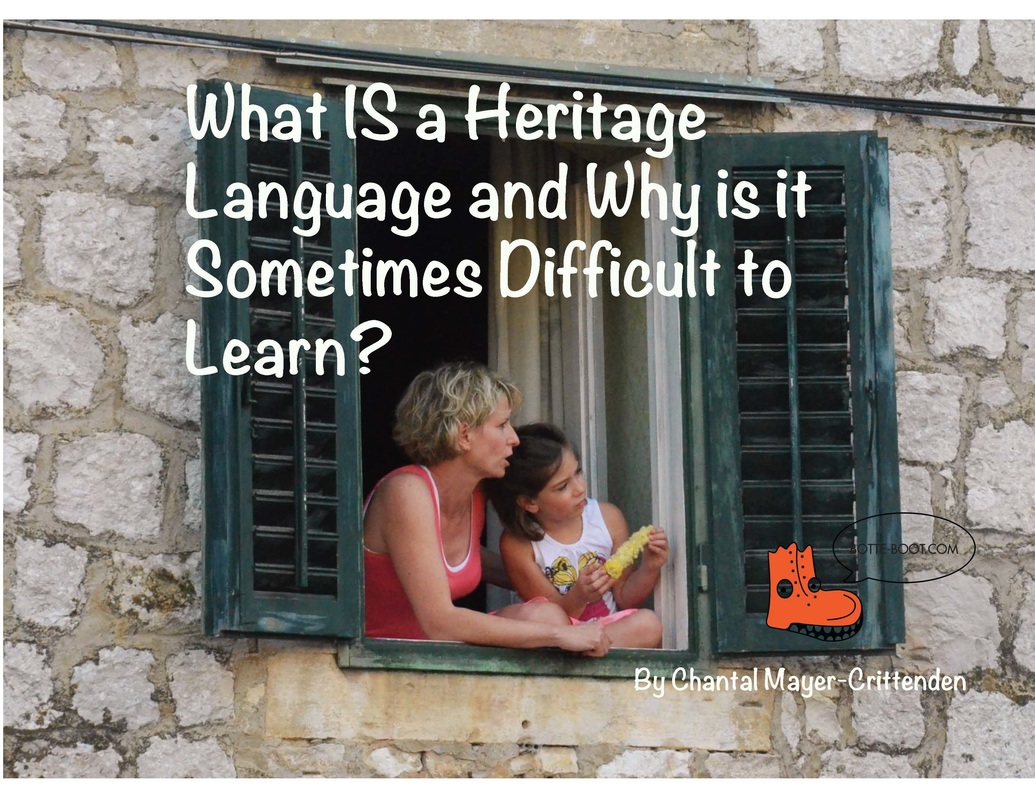 In a community where English is the dominant language, it can be difficult to introduce a minority/heritage language to your children. “Heritage language” is a term used to identify languages other than the dominant language in a community. In this post, I will relate to my own experience introducing French to my children in an English-dominant community. However, if you are reading this and you speak a different heritage language, I strongly encourage you to listen to two podcasts on the Bilingual Avenue: episodes 41 and 51 with Marianna Du Bosque. Growing up as a child in a French Catholic home, I was exposed to many French cultural events and traditions. We made taffy (“tire”) in November for St. Catherine’s Day, we ate meat pies or “tourtières”, we even had a big feast in the middle of the night on Christmas Eve called the “Réveillon”. Many of my aunts and uncles sang folk songs while playing spoons (yes, I mean kitchen spoons!) and various instruments. I cherish those memories and try to pass them on to my own children. I also have fond memories of trying to figure out the meaning of my mother’s bizarre expressions that her mom used to say. Many of those expressions lose their meaning when translated into another language so it doesn’t make sense when I try to explain them in English. For some reason, they are important to me and are often shared by my Franco-Ontarian friends. It wasn’t until I was in a relationship with my husband that I discovered the power of culture. It was sometimes difficult to explain certain traditions and why they held a special place in my heart. My husband also has his traditions, shared by many of the English speakers around us. When two people from different linguistic and cultural backgrounds meet, there needs to be a compromise. It’s inevitable. Both bring into the relationship different backgrounds, experiences and expectations. Things get a bit complicated when children are added to the mix. It’s one thing to decide on the languages that will be used, it’s a whole other story to decide on the cultures and religions. The book “Mixed Blessings: A Guide to Multicultural and Multiethnic Relationships” by Rohda Berlin and Harriet Cannon is a great resource. It talks about how couples can bring different languages, cultures and religions to their relationship without conflict as well as the importance of respecting each other’s cultures associated with the languages and making compromises. You can listen to Harriet Cannon on Episode 41 of the Bilingual Avenue entitled “Strategies to help you navigate multicultural and multiethnic family relationships” to get great tips. In my mind, a heritage language comes with a suitcase full of traditions and a whole lot of culture. It’s not just the linguistic code that we speak; it’s everything that comes with it that has been passed down from generation to generation. I have also seen it skip a generation; where parents come from a home in which the heritage language was spoken but for whatever reason it was not passed on. In hopes to give the gift of the heritage language and culture to their own children, they decide to raise them bilingual and bicultural, even if they themselves don’t speak the heritage language. In these situations, parents often have to rely on grandparents and on the school system to teach the language and the culture. In fact, many of my kids’ classmates are third generation heritage-language speakers whose parents don’t speak the language (or are not fluent). Many families, just like mine, decide to raise their children bilingual and bicultural. Choosing to introduce your child to one of the partner’s heritage language is not always a decision that involves a whole lot of thought. However, it’s not that easy and it takes persistence and commitment. I think it’s also important to talk to our children about the cultures at a young age. Explain why both sides of the family don’t quite do things the same way. Children can only gain from being exposed to different cultures. Once children are a bit older, say 5-years-old and up, you can start explaining why the heritage language holds a special place in your house. You will find that it becomes part of their daily life and ends up being a natural occurrence for them. I often get approached by young monolingual English-speaking children in the park or elsewhere who ask me “Why does your little girl speak French?”. This reminds me that not all children learn two languages and it’s our job as parents to give reasons to our children as to why it’s important. Let your child be an active participant in his or her own language-learning journey. Your child will eventually realize that you have provided them with the dual gift of languages and cultures. It is also important to be committed to the heritage language. As I talked about it in my previous post, it is our job as parents to make sure that our child gets enough exposure to that language. That’s not always easy in an English dominant community. The Multilingual Parent Website has some very useful tips on how to motivate your child to speak the minority language. Click here to find out more. More importantly, make that language FUN! If your child attends school in the heritage language, try to set some time aside to have fun activities in that language instead of reserving it only for homework. It is also important to go on trips to an area or even a country where the members of that community speak the heritage language. Exposure, exposure, exposure, mixed in with a spoonful of fun and a dash of open-mindedness is a great recipe for success when raising your child bilingual and bicultural! Thanks for reading. Stay tuned for my next post on my experience with the dual diagnosis of DLD and ADHD which will be posted May 19th 2015. By Chantal Mayer-Crittenden, 2015. |
|




 RSS Feed
RSS Feed